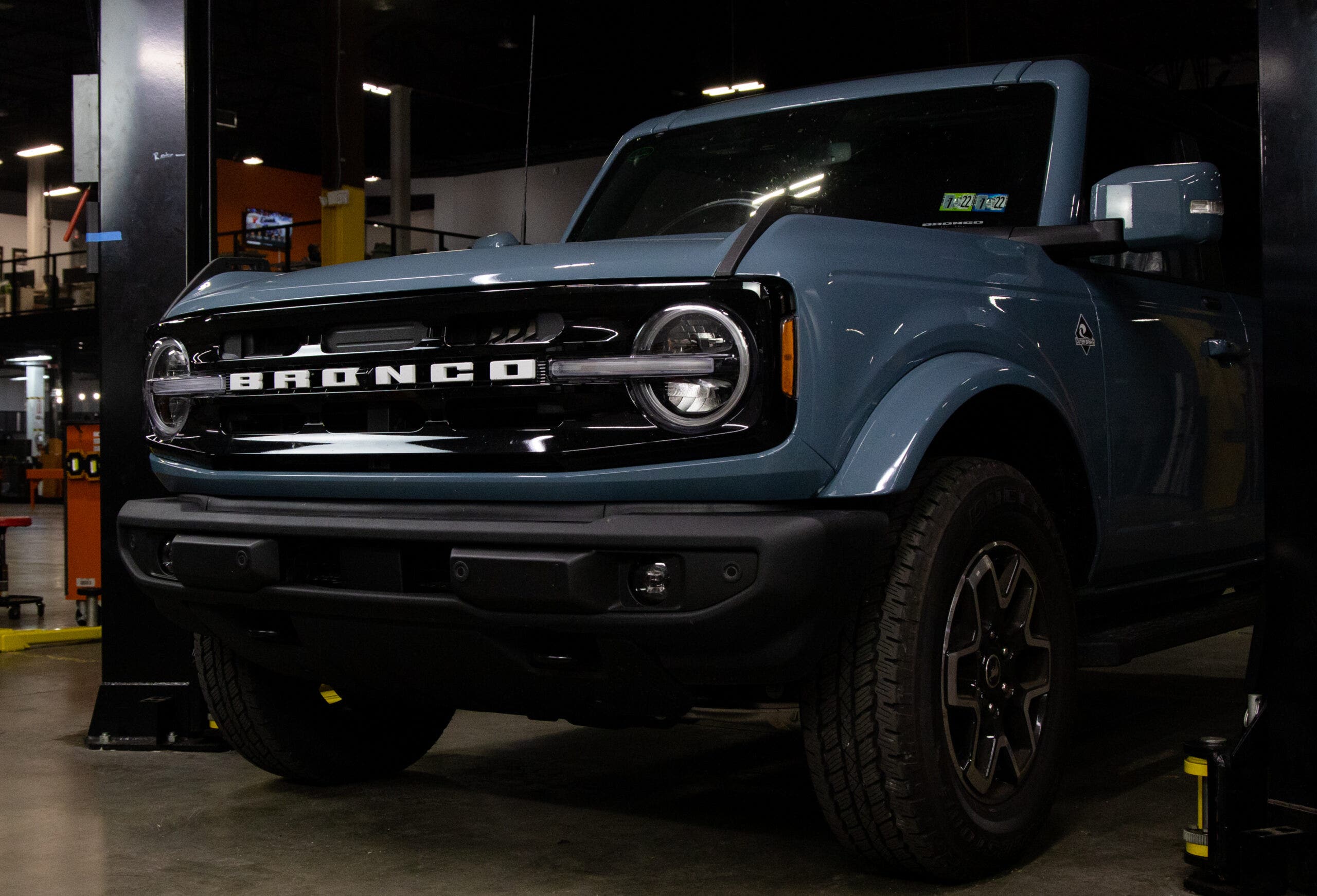
Back From Pasture - 2021+ Ford Bronco 2.7L Baffled OIl Catch Can R&D, Part 1 - Concept and Prototype
Twenty-five years ago, Ford sent its Bronco moniker out to pasture. America's demand shifted from capable off-roaders to monstrous SUVs leaving Ford's purpose-built trailblazer in the dust. The Bronco has returned from the wild, however, and it's more capable than ever, sporting Ford's rock-solid 2.7L EcoBoost and a sprawling repertoire of Overlanding goodies. This feral machine might roll off the line with the equipment to tackle the wilderness, but that 2.7L Ecoboost is still carrying the same chronic illness that plagues every internal combustion engine - blow-by.
Blow-by, for those unfamiliar, is the unfortunate side effect of the internal combustion process. In short, when the fuel and air mixture ignites, combustion gasses are generated and are mostly evacuated when the exhaust valves open and ushered out by the piston. However, some gasses make their way around the piston rings and pressurize the crankcase. Breathers are incorporated into modern engine design to manage this pressure, known as the Positive Crank Case Ventilation (PCV) system or Crank Case Ventilation (CCV) system, including this 2.7L EcoBoost, which route this pressure from the crankcase back to the intake.
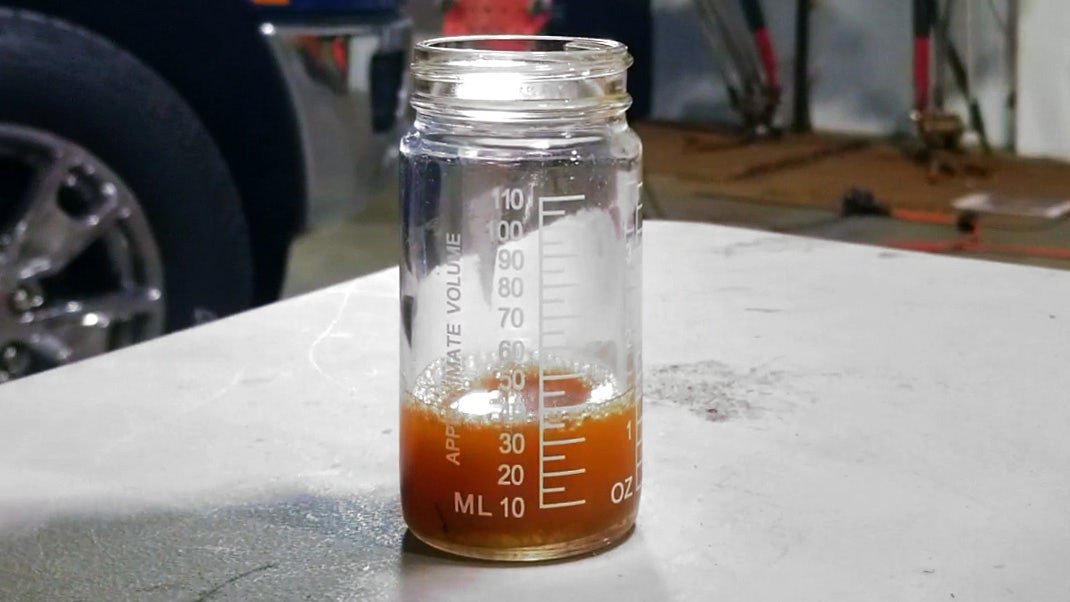
The drawback to this system is that these gasses passing through the intake tract also carry droplets of oil and vaporized fuel, the mixture known as blow-by. Over time, the constant onslaught of the murky stuff hardens on your intake components, specifically the valves, robbing your engine of power and efficiency.
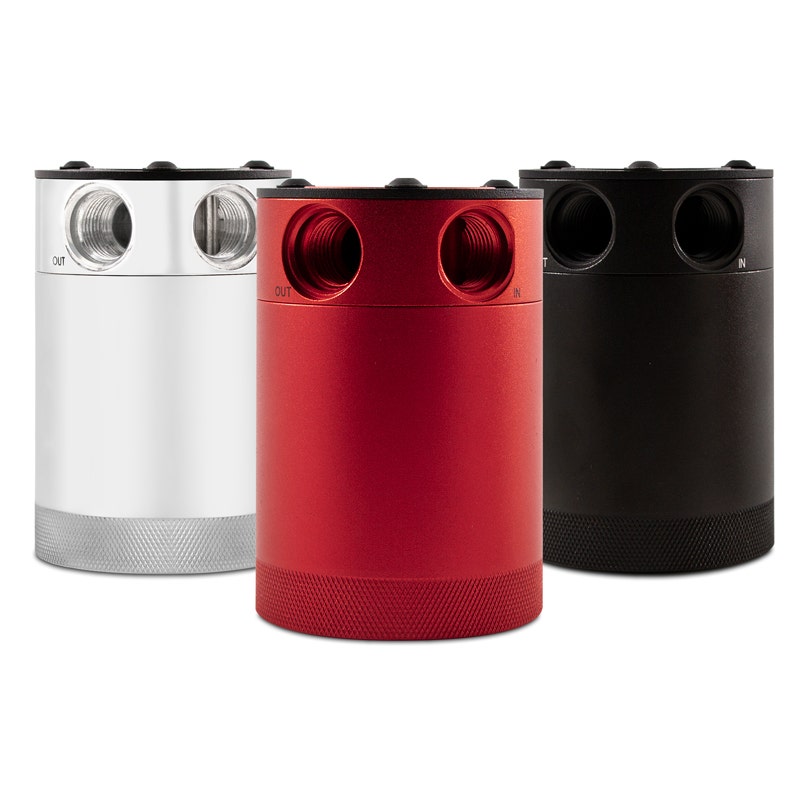
The best means of preventing the detrimental effects of blow-by and carbon build-up is installing a catch can on either the PCV system, CCV system, or both. Our baffled oil catch cans are painstakingly designed to effectively separate blow-by from the crankcase gasses while not impeding the flow through the system. The installed baffle slows the airflow in the can, allowing for the moisture to condense and collect in the bottom of the can, since recycling the captured contents back into the system tends to foul your oil. As a final line of defense, our cans are equipped with a 50-micron bronze filter to trap any determined droplets from escaping into the intake system.
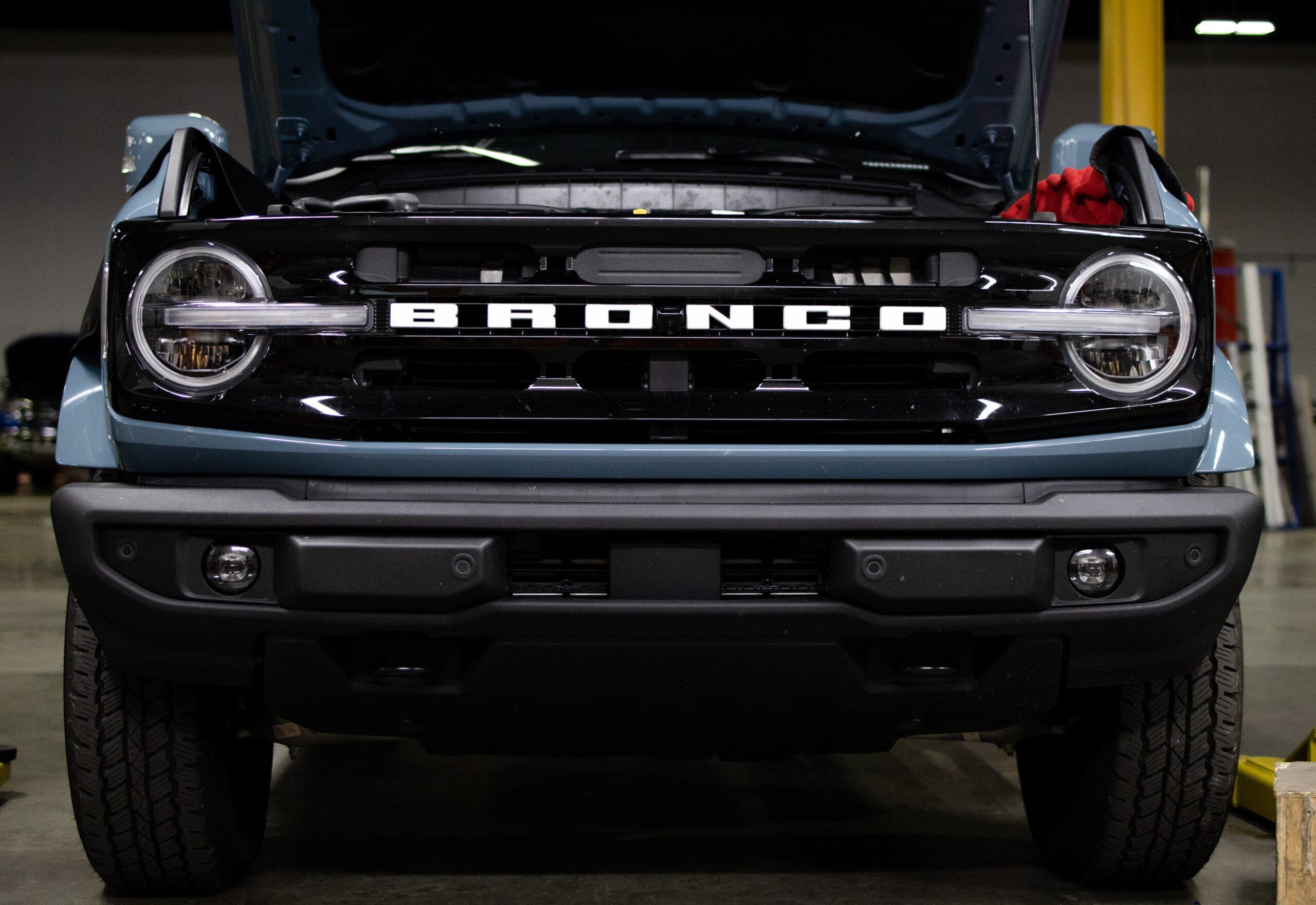
Our catch can has a long track record of service on Ford EcoBoost engines, so it's only the natural progression that they find their way under the hood of the latest Bronco. Right off the bat, though, Ford has seemingly already did our job for us since this version of the 2.7L is equipped with dual injection. This means that this engine reaps the benefits of direct injection while still having a constant stream of detergent-rich fuel running over the intake valves. While this does prove to keep your valvetrain running cleaner for longer, carbon build-up finds a way, especially as mileage wears on the engine internals. Not to mention that the blow-by will still soak and harden on other intake components with similar side effects.
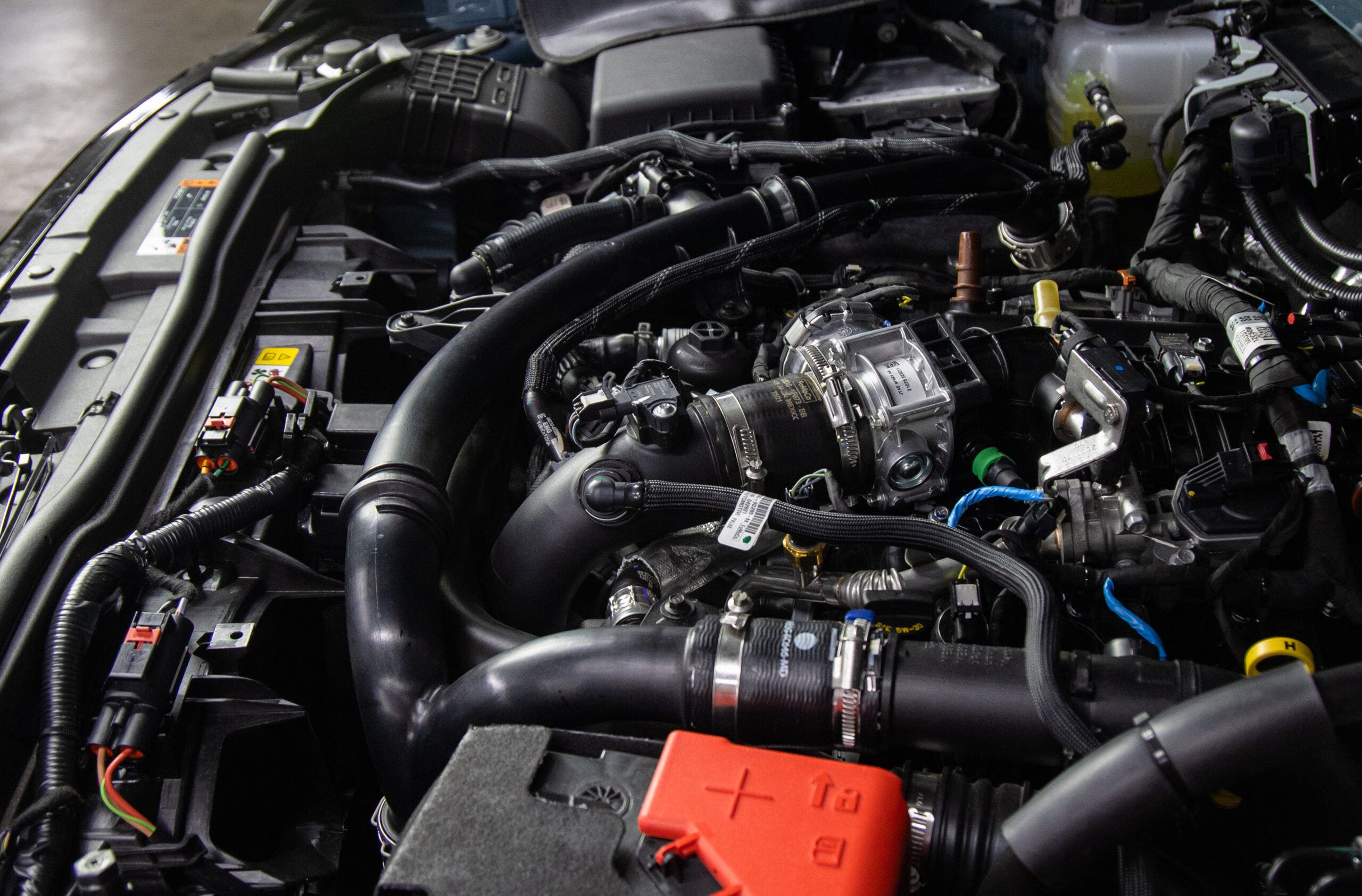
Currently, our plan consists of tying into both the PCV and CCV systems for maximum protection. Luckily for our engineering team, access to these systems is located at the top of the uncovered engine bay, with the rear bulkhead leaving the perfect space for mounting a pair of cans.
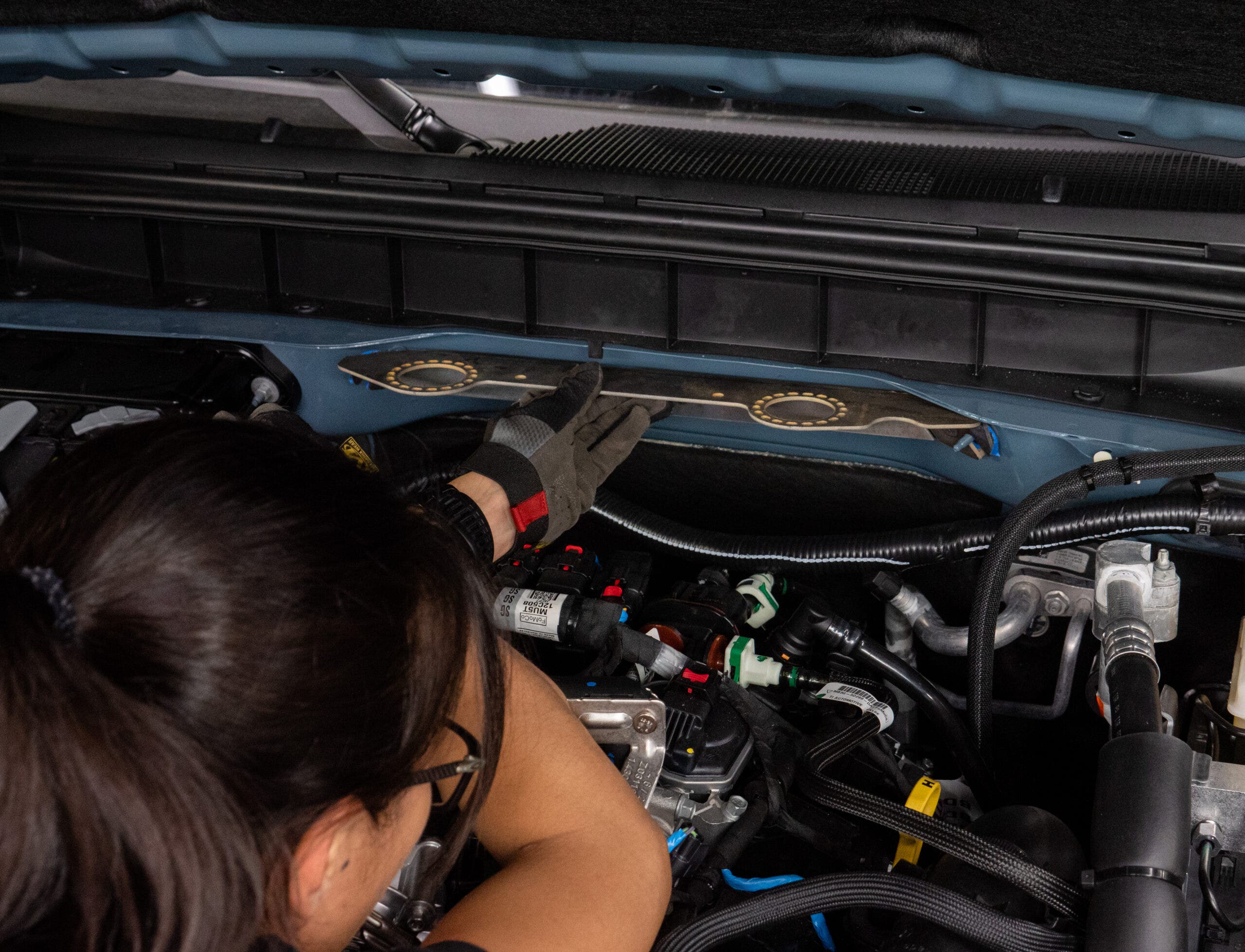
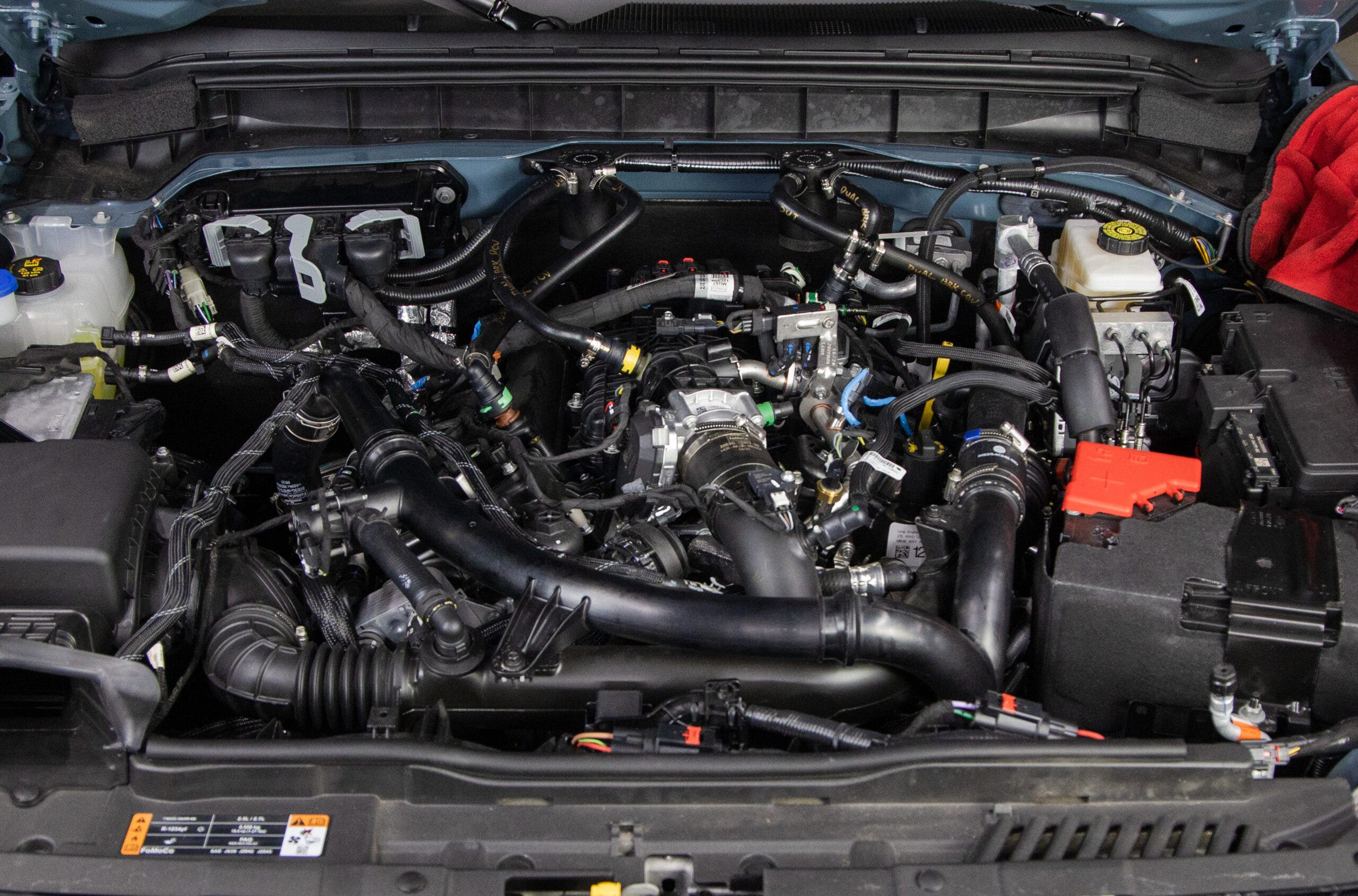
Given our background with these engines, we know that Ford has made the CCV side of the ventilation system much more efficient and produce less blow-by content. Given this knowledge, we know that providing both cans might be overkill in this application. So, to ensure that we're providing the correct level of protection for the 2.7L Broncos, we're first going to put our system through our preliminary 1000 mile road test.
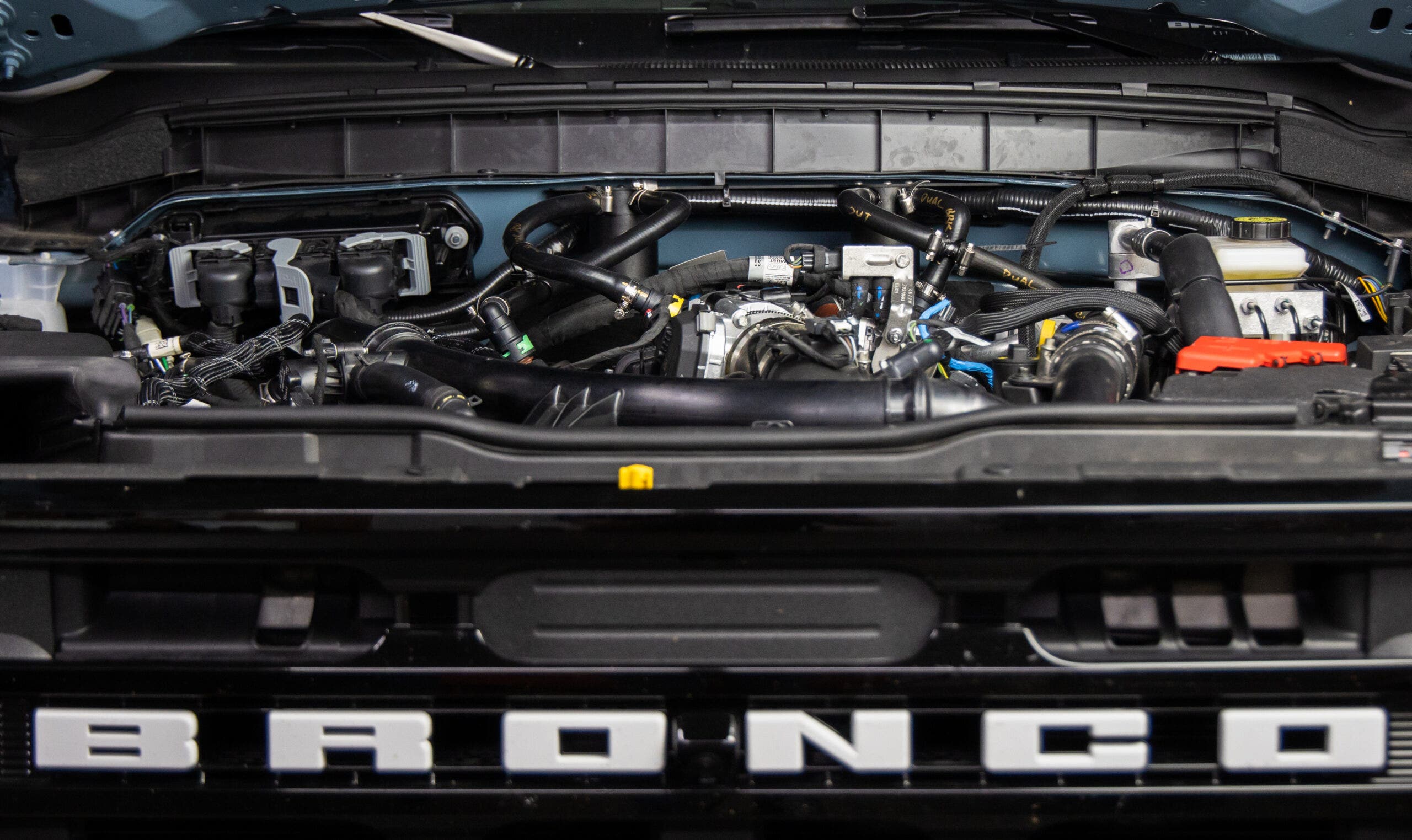
This test is designed for three purposes. First, to make sure that our kit can stand up to standard everyday driving. Second, the last thing we want to add to your vehicle is a check engine light. Manufacturers have been adding different means of increasing the efficiency of their ventilation systems through sensors or Venturi valves, which the addition of a catch can might throw out of balance. This road test will gauge these perimeters and determine if we need to make further adjustments to our design. The final goal of this test is to record a blow-by content collection for an estimate of the application's average service interval.
The latest Bronco might be a fearless, wild machine, but even the most feral beasts still have a self-preservation instinct. These catch cans add a layer of protection for your Bronco's respiratory system to keep it running for years to come. So, make sure that you stay tuned for the first look at our finalized kit and road testing results!
Thanks for Reading!
-Nick




